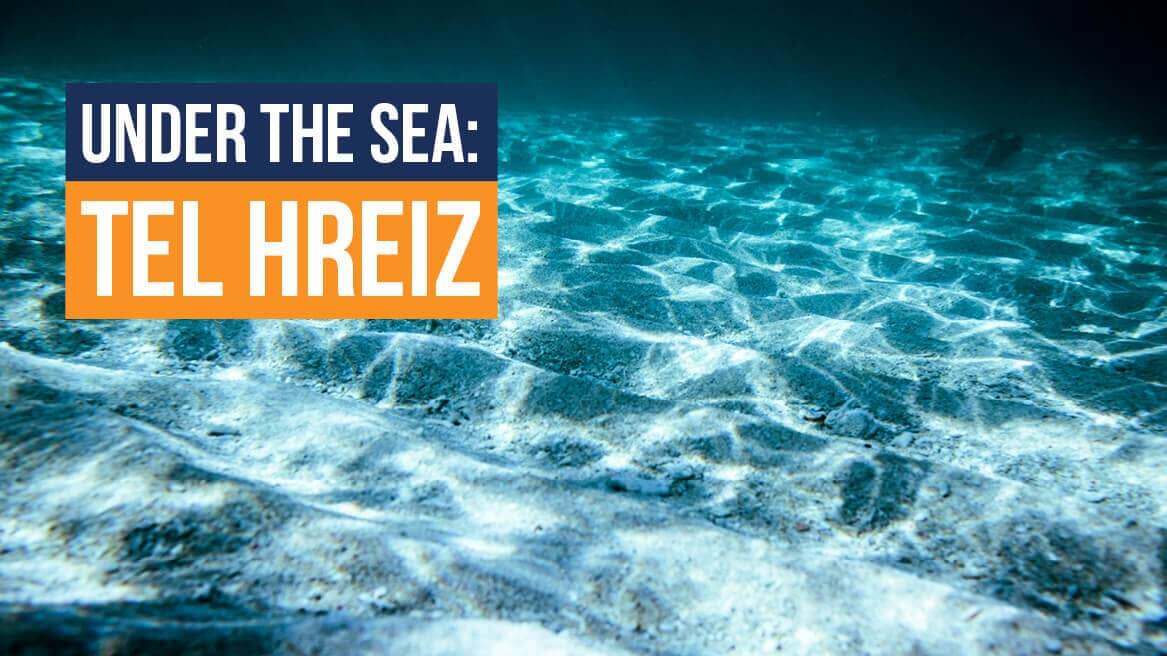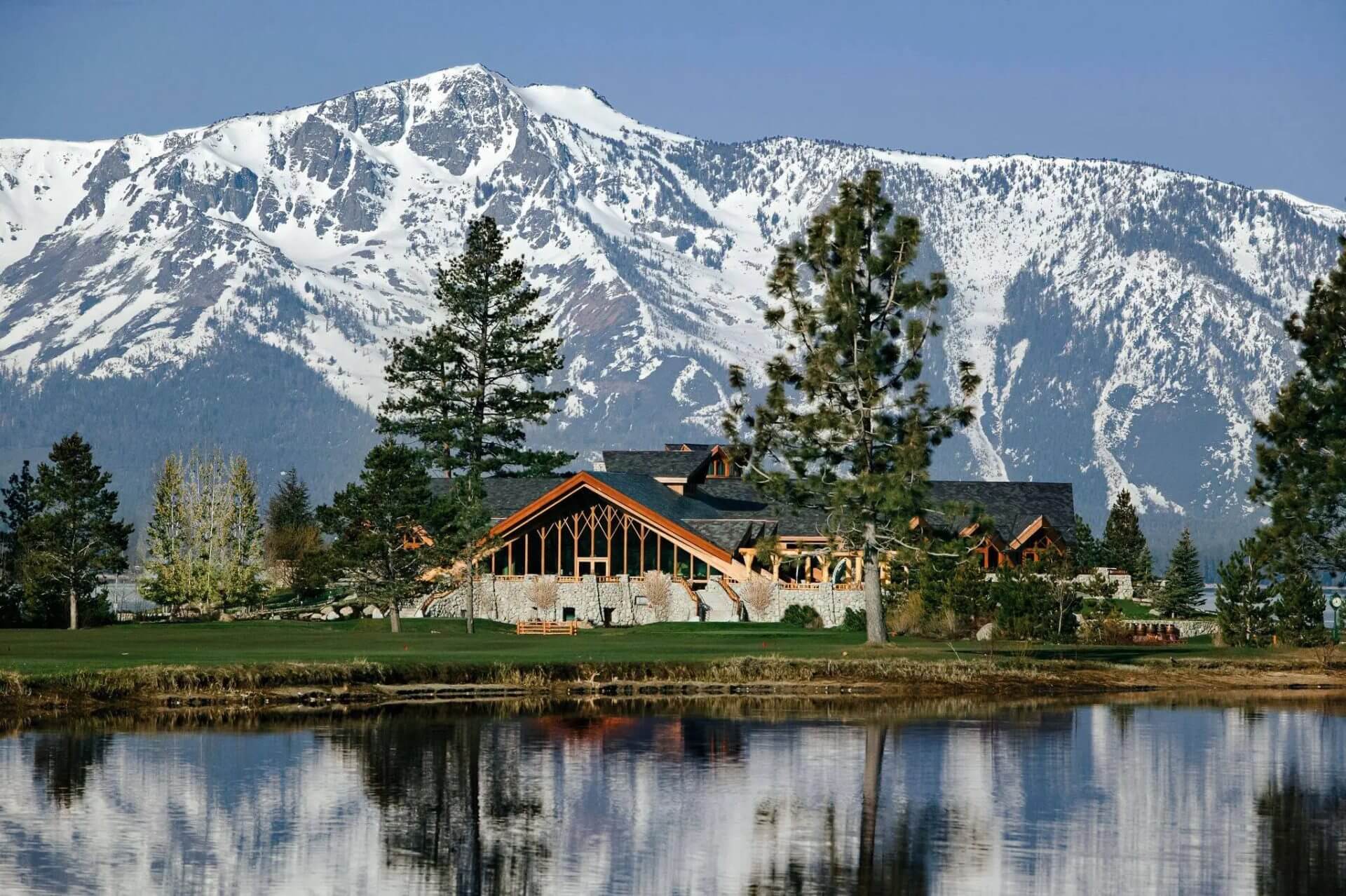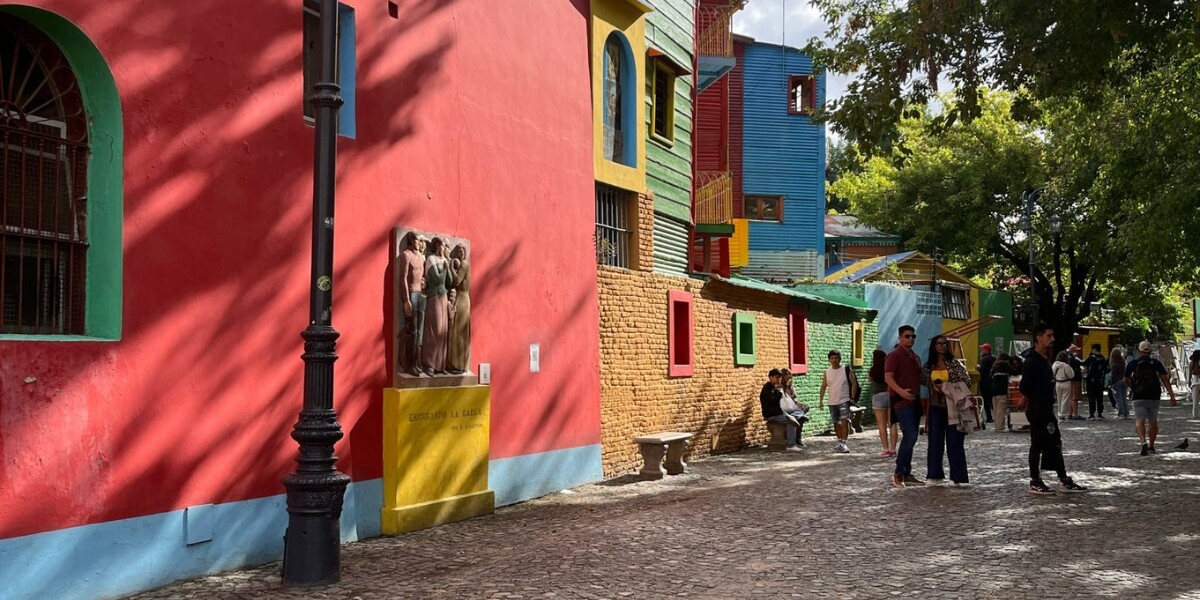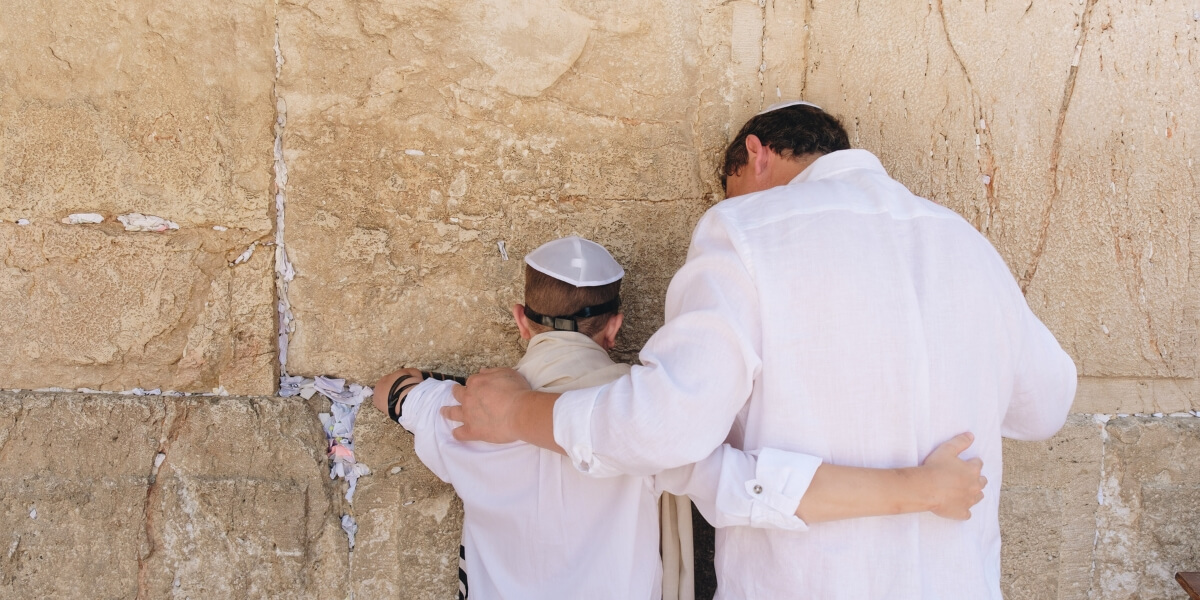
Did you know that there’s an entire ancient village under the sea in Israel? It’s a magnificent Stone Age village whose inhabitants gave their best to protect it against the rising sea levels, going as far as to build what archeologists find may have been the world’s first – hence, today’s oldest – defense wall. This Neolithic wall is up to 7,000 years old, but it could not stop climate change, and the villagers eventually lost the battle.
History of the Village
Since the site’s been lost for so long, little is known about it. Tel Hreiz, as this fascinating place is called, was built some 2.5-3 meters above sea level, which would’ve been considered a safe distance from the Mediterranean. Now, imagine the community living here: they were an agricultural society, which also extracted olive oil, judging by the many olive pits found dispersed at the site. These people were also hunters, likely hunting deer, they raised cattle, and they cared for their dogs and pigs.
But then, at the end of the last Ice Age, the glaciers melted, due to which the Mediterranean started to rise. The experts say that the sea would rise of 4–7 mm a year, and up to 70 cm in 100 years. As a matter of fact, people in the Stone Age village would’ve noticed this rise in sea levels over the years, which would’ve inevitably be accompanied by more extreme weather conditions, particularly by devastating storms.
Experts seem to agree that the sea was exactly the reason why the wall was built. They believe this is the case due to the wall’s position, the type of boulders used, the excellent dog-leg pattern, and the opinion that the community wasn’t threatened by an enemy from the seaside. The defense wall was their collective response, and a massive, time-consuming, ingenious undertaking, as well as a historic one. It’s a 100m long, standing in shallow waters. People used boulders and large rocks that they took from a riverbed some 1.6 km away.
However, the coastal defense system couldn’t hold back the powerful Mediterranean too long, and in time, it failed. Climate change proved to be a too strong enemy, and the water kept rising, higher and higher with each day and each year until it flooded the village, possibly during a winter storm. That’s likely when the villagers left the area and their homes.
Findings
It’s quite unbelievable that after millennia, the remains of this village still stand. People have known about the archaeological site at Tel Hreiz since 1960, when a group of divers found it by accident. They were looking for shipwrecks when they found flint tools and human bones. Unfortunately, the site wasn’t given the attention it deserved.
Then, in an ironic twist of events, it was the strong wind storms of 2012 that shifted the sand cover to reveal a line of boulders. They uncovered previously unseen structures, very much different from anything else seen in the entire region, including in the other submerged villages. A storm in 2015 then exposed even more stones.
Today, most of the site is submerged 3-4 meters below sea level. It lies in shallow waters, and it is one of several fascinating submerged Neolithic villages found in the area. At the site of Tel Hreiz, archeologists have unearthed numerous treasures of immense relevance. These include a stone-built cist grave, a number of stone structures, bowls made of sandstone, basalt grounding stone, wooden posts dug into the seabed, bifacial flint adze, and antlers of Mesopotamian fallow deer. It’s easy to imagine how each of these objects contributed to the culture of this lost community, and each certainly has many tales to tell.
One of the stories they tell us is that the village didn’t stand there for just a short while. Radiocarbon dating from charcoal, wood pieces, animal bones, and human remains suggest that it thrived for several hundred years. Some ten or twenty families lived there, and they likely would’ve stayed much longer if they weren’t forced to abandon their homes.
It’s not often that we talk of these submerged civilizations, and though many have been found, one can’t but wonder how many more are out there and what treasures of history, art, and culture they hide. This Stone Age site – despite having been what we’d call a small village – and the entire Tel Hreiz community had lived through what awaits a number of coastal villages, towns, and cities across the world. The sea levels are rising again, and like 7,000 years ago, no wall will stop the waters. But the fight is far from over, as Tel Hreiz and its inhabitants have left us a priceless lesson and an insight into a potential future so that we can change it in time before there’s ever a need to put up walls.



